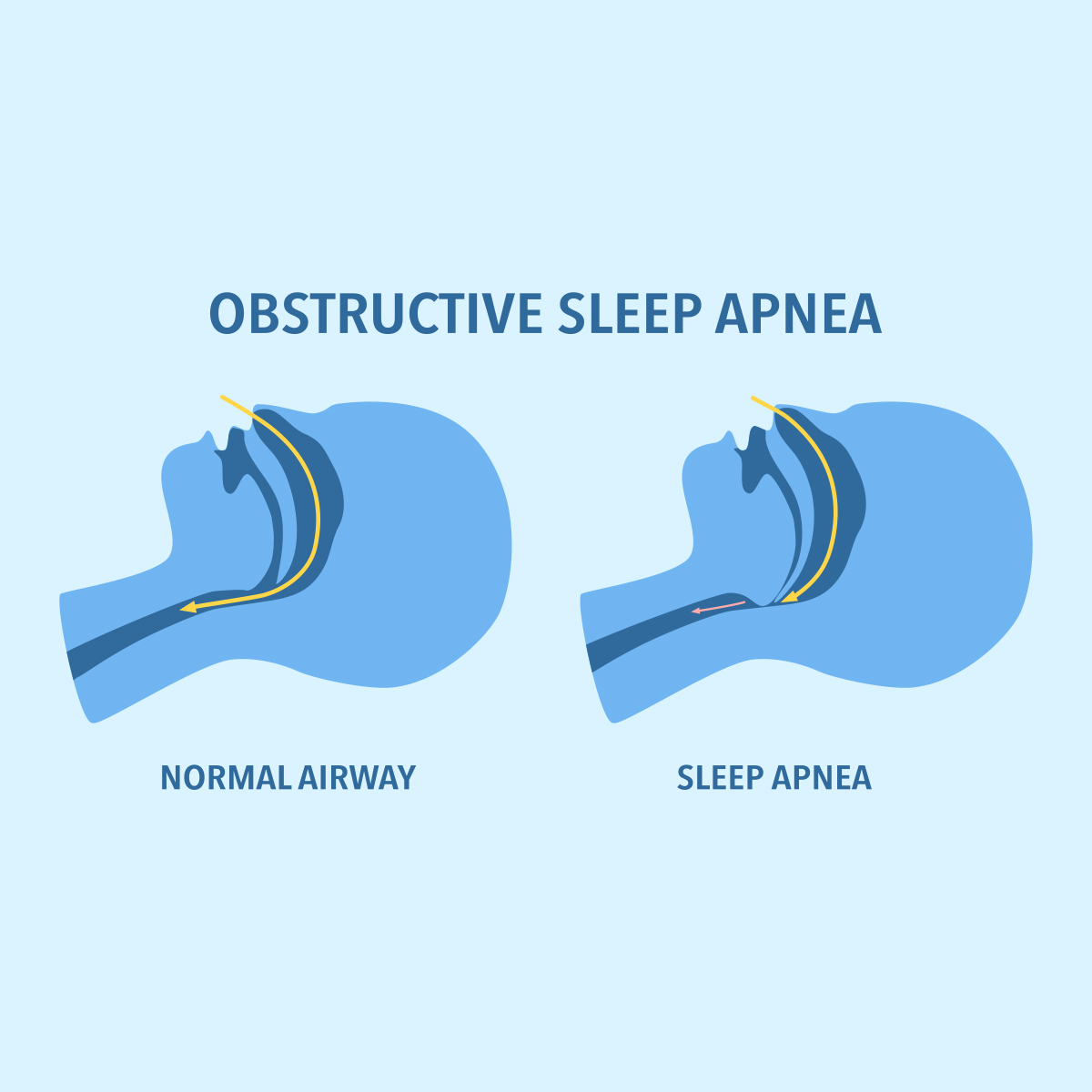-
Property & Casualty
Property & Casualty Overview

Property & Casualty
We offer a full range of reinsurance products and the expertise of our talented reinsurance team.
Expertise
Publication
Structured Settlements – What They Are and Why They Matter
Publication
PFAS Awareness and Concern Continues to Grow. Will the Litigation it Generates Do Likewise?
Publication
“Weather” or Not to Use a Forensic Meteorologist in the Claims Process – It’s Not as Expensive as You Think
Publication
Phthalates – Why Now and Should We Be Worried?
Publication
The Hidden Costs of Convenience – The Impact of Food Delivery Apps on Auto Accidents
Publication
That’s a Robotaxi in Your Rear-View Mirror – What Does This Mean for Insurers? -
Life & Health
Life & Health Overview

Life & Health
We offer a full range of reinsurance products and the expertise of our talented reinsurance team.

Publication
Key Takeaways From Our U.S. Claims Fraud Survey
Publication
Favorite Findings – Behavioral Economics and Insurance
Publication
Individual Life Accelerated Underwriting – Highlights of 2024 U.S. Survey
Publication
Can a Low-Price Strategy be Successful in Today’s Competitive Medicare Supplement Market? U.S. Industry Events
U.S. Industry Events
Publication
The Latest in Obstructive Sleep Apnea -
Knowledge Center
Knowledge Center Overview

Knowledge Center
Our global experts share their insights on insurance industry topics.
Trending Topics -
About Us
About Us OverviewCorporate Information

Meet Gen Re
Gen Re delivers reinsurance solutions to the Life & Health and Property & Casualty insurance industries.
- Careers Careers
Ladies and Gentlemen, Start Your Engines! - NASCAR History and Risks

February 19, 2015
Cecil Ramotar
Region: U.S.
English
The 2015 NASCAR Sprint Cup Championship kicks off this weekend with the Daytona 500 in Daytona Beach, Florida. The numbers include: 43 cars, 31,175 collective horsepower, speeds of 200 mph, 500 miles of racing and 250,000 cheering fans.
The history of the National Association of Stock Car Auto Racing (NASCAR) is as colorful as the cars themselves. Racing roots trace back to the days of Prohibition, when bootleggers ran contraband liquor in souped-up machines in an effort to outrun the authorities.
Bill France Sr., a.k.a. Big Bill, was born in 1909 and was intrigued by the automobile from a young age. He would skip school to "borrow" his father's car and run laps at a local racetrack, returning home just before his father, a bank teller, returned from work. In 1934 the family moved to Florida to seek better opportunities and ended up settling in Daytona Beach. The beach between Daytona and Ormond had been used for land speed record trials since the early 1900s. After land speed record racing moved to Utah’s Bonneville Salt Flats in the mid-1930s, the City of Daytona Beach wanted to maintain racing as a revenue generator.
In 1935 Sig Haugdahl made the first attempt at organizing a stock car race at Daytona, a 3.2 mile circuit that included the beach and a section of State Highway A1A, connected by two tight sand corners. It was a disaster: Thousands of attendees watched the race without purchasing tickets, and during the race cars became stuck in the tight corners, making timing and scoring unreliable. Big Bill finished fifth in that first race, and though it was an unprofitable debut as the city lost $22,000 staging the event, Bill became involved in running the stock car races. By 1947 he had retired from active competition to focus full-time on promoting the races, and in 1948 he founded NASCAR, the sanctioning body for stock car racing.
Bill France recognized the need for a permanent facility at Daytona as the crowds drawn to beach races were becoming unmanageable. In 1953 he started planning the 2.5-mile, high-banked oval that eventually became the Daytona International Speedway (Daytona). The track was finally completed in 1958. Today, Daytona is the third largest single-lit outdoor sports facility and has earned the title of “World Center of Racing.”
NASCAR’s Inherent Risks
For all the excitement that the Daytona 500 promises, many aspects of risk are involved with the event. General liability for safety of spectators, commercial motor carrier coverage, event weather coverage, team and driver life, accidental death and disability are relevant types of coverage. Out of all the hazards involved with racing, the foremost in most minds may be that of the risk of driver death. High speed crashes can create blunt force and penetrating trauma, deceleration (sudden impact) injuries as well as fire hazard due to highly flammable fuel. Daytona has the highest number of fatalities of any racetrack in the United States. A total of 22 car drivers have perished at this track since its inception in 1958.
The 2015 Daytona 500 marks the 14th anniversary of the death of Dale Earnhardt in a last-lap accident when he struck the outside retaining wall at a speed of approximately 157 mph. Dale Earnhardt’s death was the catalyst for sweeping improvements in safety, resulting in no additional NASCAR competition fatalities since that day. Some of the principal changes include:
- Head and neck restraint systems - reducing risk of basilar skull fracture, a common cause of death in a high g-force frontal crash
- SAFER barriers - providing gradual dissipation of kinetic energy in a collision
- Increases in quality and level of medical support at the track
- Car design and construction - full containment seats, increased crush space, higher structural integrity, fire suppression systems, improved aerodynamic stability
Further advancing safety improvements is the focus of the NASCAR Research and Development center, the SFI and Snell Memorial Foundation, the International Council of Motorsports Sciences (ICMS) and various interested manufacturers. As an active amateur racer, I was privileged to attend ICMS's 2014 Annual Congress. ICMS members include medical directors and safety engineers for racetracks and sanctioning bodies, representatives from safety equipment manufacturers, companies involved in safety and motorsports risk management as well as motorsports participants. The 2014 conference covered a range of topics from thermoregulatory and physiological challenges faced by race drivers, rehabilitation post injury, First Responder methodology for rallying, motorsports drug testing protocols, circuit debris and catch-fencing improvements, and a report from the FIA (Fédération Internationale de l'Automobile, the world governing body) on medical and rescue programs.
Auto racing will always be a sport that carries risk; however, important advances in safety measures have been made in the top NASCAR series - Sprint Cup, Xfinity and Camping World Truck. Spectacular crashes have fan appeal but everyone wants to see drivers walk away from them. As life insurance is a long-tailed contract, there are other considerations that factor in arriving at an appropriate rate, aside from the extra risk of the racing activity. Gen Re is currently revising our motorsports life ratings to reflect the mortality improvements in these related series.





